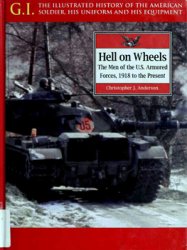Between 1858 and 1867, the next major delegation year, several important events occurred. The Civil War caused an interruption to delegations; it also produced a corps of trained photographers centered around Mathew B. Brady.
On January 24, 1865 a disastrous fire at the Smithsonian Institution destroyed the Gallery of Art which housed the exhibition of Indian paintings by John Mix Stanley and the Charles Bird King delegation portraits. In 1859 Joseph Henry, the Smithsonian's first Secretary, had proposed that photographs be made of the visiting Indian delegates." The idea lay dormant until the tragic fire when Henry suggested to Commissioner of Indian Affairs Bogy, that it was time 'to begin anew... a far more authentic and trustworthy collection of likenesses of the principal tribes of the US. The negatives of these might be preserved and copies supplied at cost to any who might desire them.' Like McClees, he felt that preserving good photographic portraits was important:
The Indians are passing away so rapidly that but few years remain, within which this can be done and the loss will be irretrievable and so felt when they are gone. The photographs... should be single and of
What is known as imperial size, the half length being sufficient, and the head divested of any covering so as to show its conformation. In short the pictures should be portraits of the men and not of their garments or ornaments.“
He then appealed for funds to cover the endeavor, but was refused.
Fortunately, Henry's desire to make Indian photographs available to scholars was shared by two other men, Ferdinand V. Hayden of the US Geological Survey of the Territories, and William Henry Blackmore, a wealthy English collector and speculator. Blackmore supported Hayden with money; he also purchased images, and contracted photographers such as Gardner and Shindler who recorded visiting delegates and copied his photograph collection. Thus, when the US government resumed relations with the Indians after the Civil War, the machinery was in place for a full-scale photographic effort.




 World History
World History









